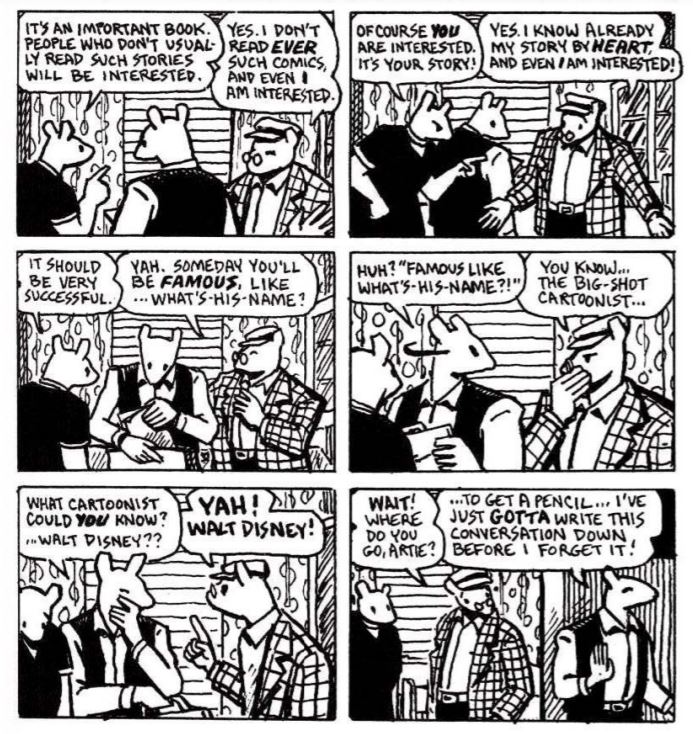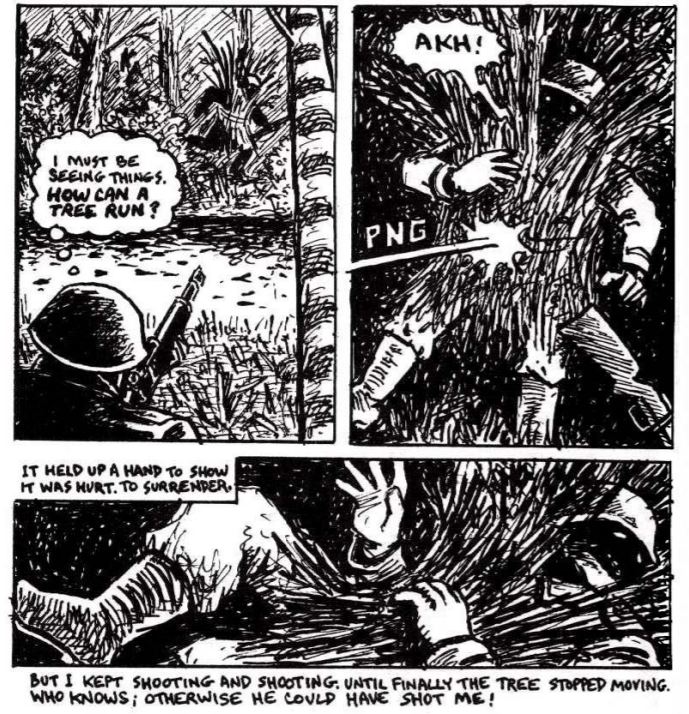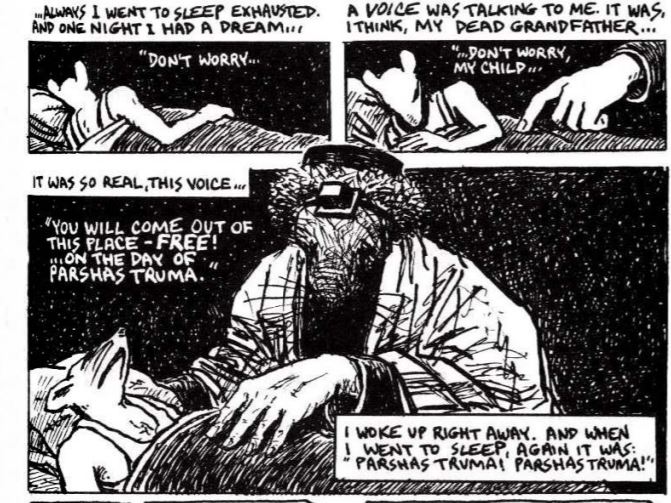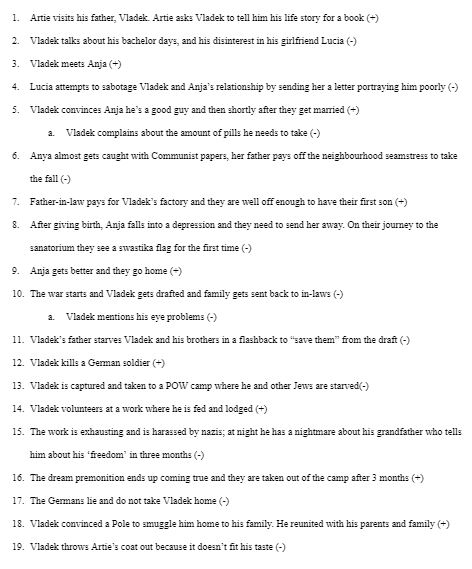There are various expectations when reading a piece of literature in a specific genre. In the case of Angie Thomas’s The Hate U Give, it falls in the category of young adult fiction and realistic fiction.
The main protagonist Starr Carter is a teenage girl who has just witnessed the murder of her friend at the hands of the police. This narrative fits the expectations of its genre. For example, many young adult novels follow a character who is in the age range of fourteen to eighteen. Usually, these novels have content that is also suitable for the age range of fourteen to eighteen as well. For example, The Hate U Give fits these expectations in its various ways of showing teenage life. In the very beginning, Starr and her friends are going to a party. In the scene, Starr is not enjoying her time and states, “I squeeze through sweaty bodies and follow Kenya… Between the headache from the loud-ass music and the nausea from the weed odor, I’ll be amazed if I cross the room without spilling my drink” (Thomas 1). This is one of the lighter instances within the book, however. Some of the scenes can be violent and triggering. Nonetheless, it is important for young readers to be aware of these events, even in a fictional setting, in order to gain empathy for when these events happen in real life. For example, shortly after the party scene, Starr and her friend Khalil are driving away. They are stopped by a police officer and Starr panics, running through all the rules that her father taught her in order to stay safe when stopped by law enforcement. Khalil does not follow all of these rules however and he is shot by the officer:
It’s not smart to make a sudden move. Khalil does. He opens the driver’s door.
“You okay, Starr—”
Pow!
One. Khalil’s body jerks blood splatters from his back. He holds on to the door to keep himself upright.
Pow!
Two. Khalil gasps.
Pow!
This scene shows the brutal truth about how racism and corruption within the police force can affect the lives of so many people, including children.
The novel fits into the genre of realistic fiction as well because the events and violence that occur within the text can and have occurred in real life. The murder of black people at the hands of the police is not new and has been seen in cases like Emmett Till, George Floyd, and Breonna Taylor. This book brings awareness to the violence people of color face from a very young age and allows youth who may not know about it to become educated.
These different elements of the novel play into Kaja Silverman’s intertextual codes, which she discusses in the chapter “Re-Writing the Classic Text,” in The Subject of Semiotics. According to Silverman, the hermeneutic code is a “code [which] inscribes the desire for closure and ‘truth’” (257). In the context of The Hate U Give, the driving force behind the plot and the need for closure is the suspense of whether or not Khalil will get justice and if the community can heal and break away from the violent cycle it is trapped in. In multiple places, other deaths within the community that Starr lives in are mentioned and normalized, including those with the police. These recurring instances relate to the semiotic code, mentioned by Silverman. Every time there is an interaction with a police officer there is tension. In fact, in order to stay calm and avoid becoming a target, Starr goes through the list of things her father told her to do in the case that she comes in contact with law enforcement. Whenever the police appear in the story the characters are wary and highly observant of them. This leads the reader to assume that it is a normal occurrence within the novel. However, it also adds to the suspense and need for closure on whether the violence will continue or if it can be stopped.
Another code that Silverman discusses is the proairetic code. She describes this as what “determines the sequence of events within a story. It is the ‘glue’ which makes certain clusters of events will follow each other in a predictable order” (262). This means that in the novel, there is a specific tie that is holding the plot together and forcing it in a certain direction. One element that could be doing this is the violence of the police towards people of color in real life. A seme of modern-day society is that the untimely death of many people of color is normalized. When they become victims at the hands of law enforcement, many times we, as a society, know how it will play out. It is a tragic reality that the events that occur are not just specific to the novel. Therefore, society has seen what happens when someone is killed by the police. Because the genre is realistic fiction, it would make sense for the murder of Khalil and the events that take place afterward to follow a similar pattern of what would happen in real life.



